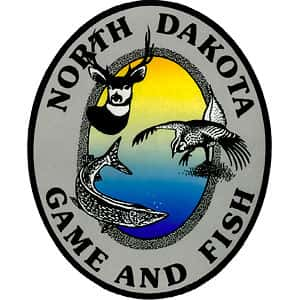
BISMARCK, N.D. (G&F) – Based on all the necessary ingredients needed to provide essential water levels for lakes Sakakawea and Oahe in 2022, the forecast to do just that doesn’t look promising at this time.
“Given current water levels and projected runoff based on mountain snowpack, its likely both lakes Sakakawea and Oahe will be 5-10 feet lower than the lake elevations experienced in 2021,” said Greg Power, North Dakota Game and Fish Department fisheries chief. “At these forecasted elevations, boating access at many, if not most of the boat ramps, will become problematic. The good news is that work was done during previous droughts resulting in a network of low water ramps that may become functional this year if some issues, such as erosion and sedimentation, are first addressed.”
Understanding this, Game and Fish Department personnel teamed a few months ago in a planning effort for the upcoming open water recreational season on the Missouri River System with the U.S. Army Corps of Engineers, North Dakota Parks and Recreation and the North Dakota Department of Water Resources.
“Current interagency planning is intended to proactively deal with these boat ramp issues through addressing coordination, permitting and funding matters yet this winter so that ramp work, where needed, can begin shortly after ice-out,” Power said. “The corps and Game and Fish have identified and prioritized potential boat ramp sites that will be impacted by the lower lake levels and are seeking additional funding and partnership with stakeholders who manage the respective recreational sites. By mid-March, various agency staff will reconvene and firm up plans based on funding needs and availability, using the most recent corps runoff forecast data.”
Power said current mountain snowpack for the upper Missouri River basin is only around 80% of normal, but one storm can change things.
“Of course, this is Mother Nature driven and subject to change,” Power said.
